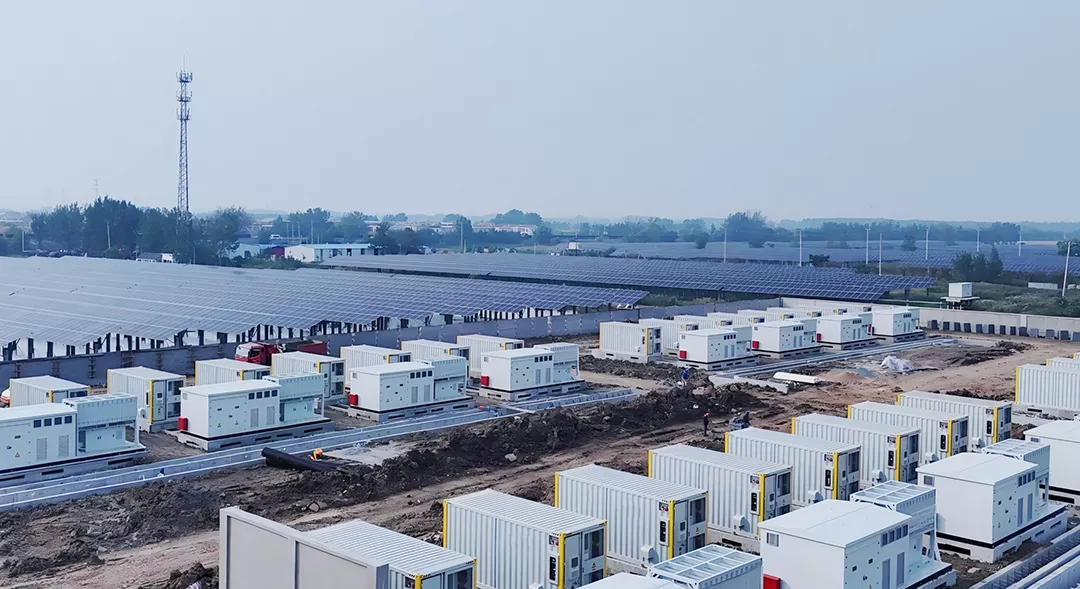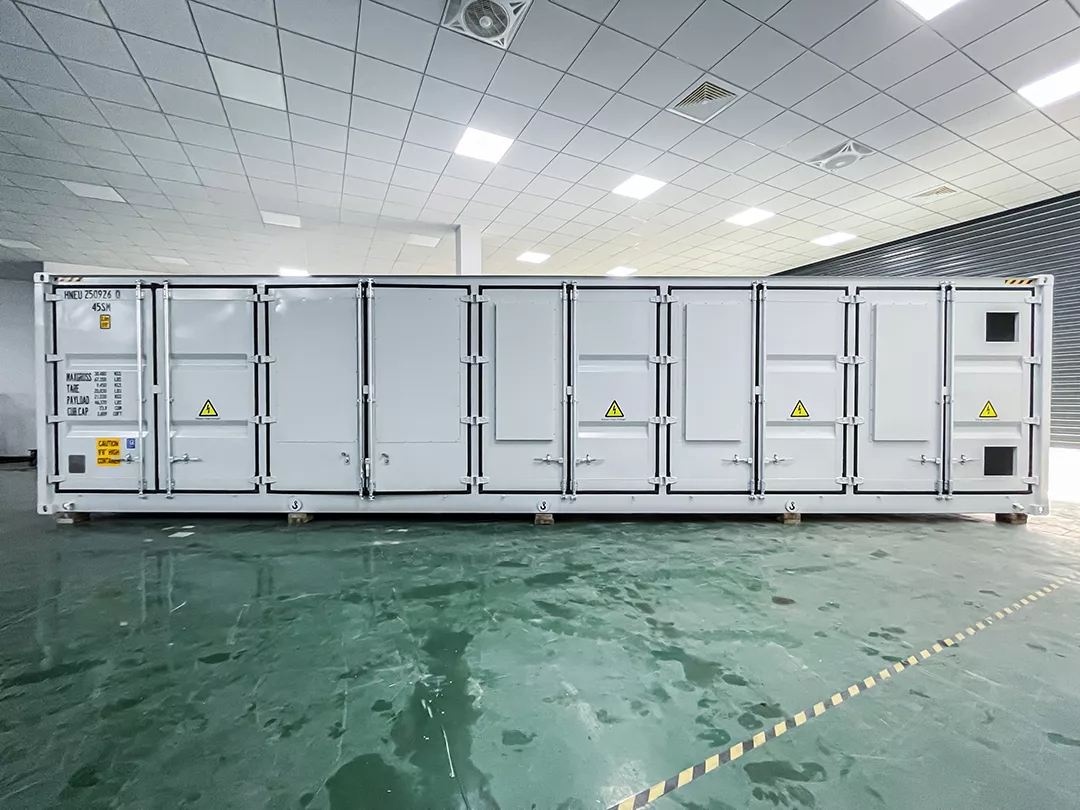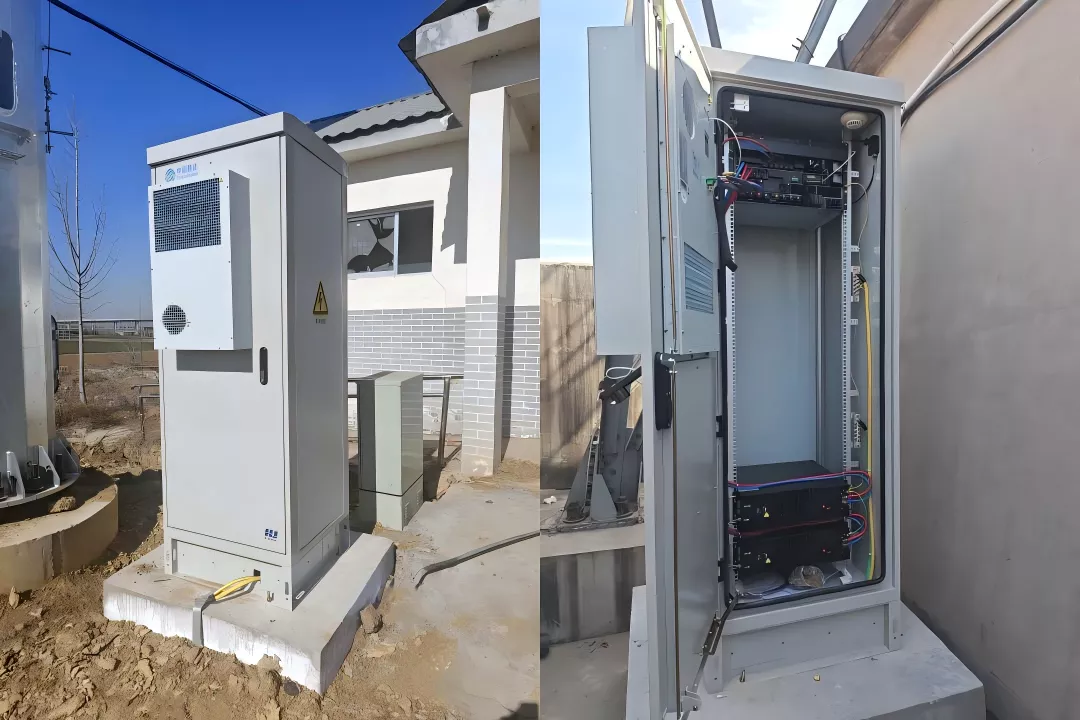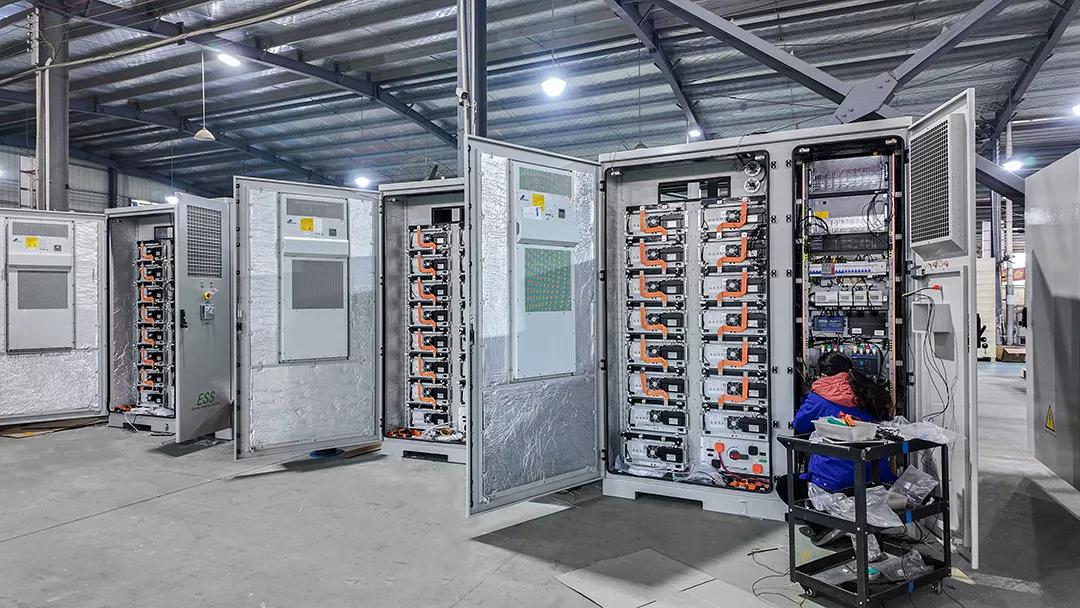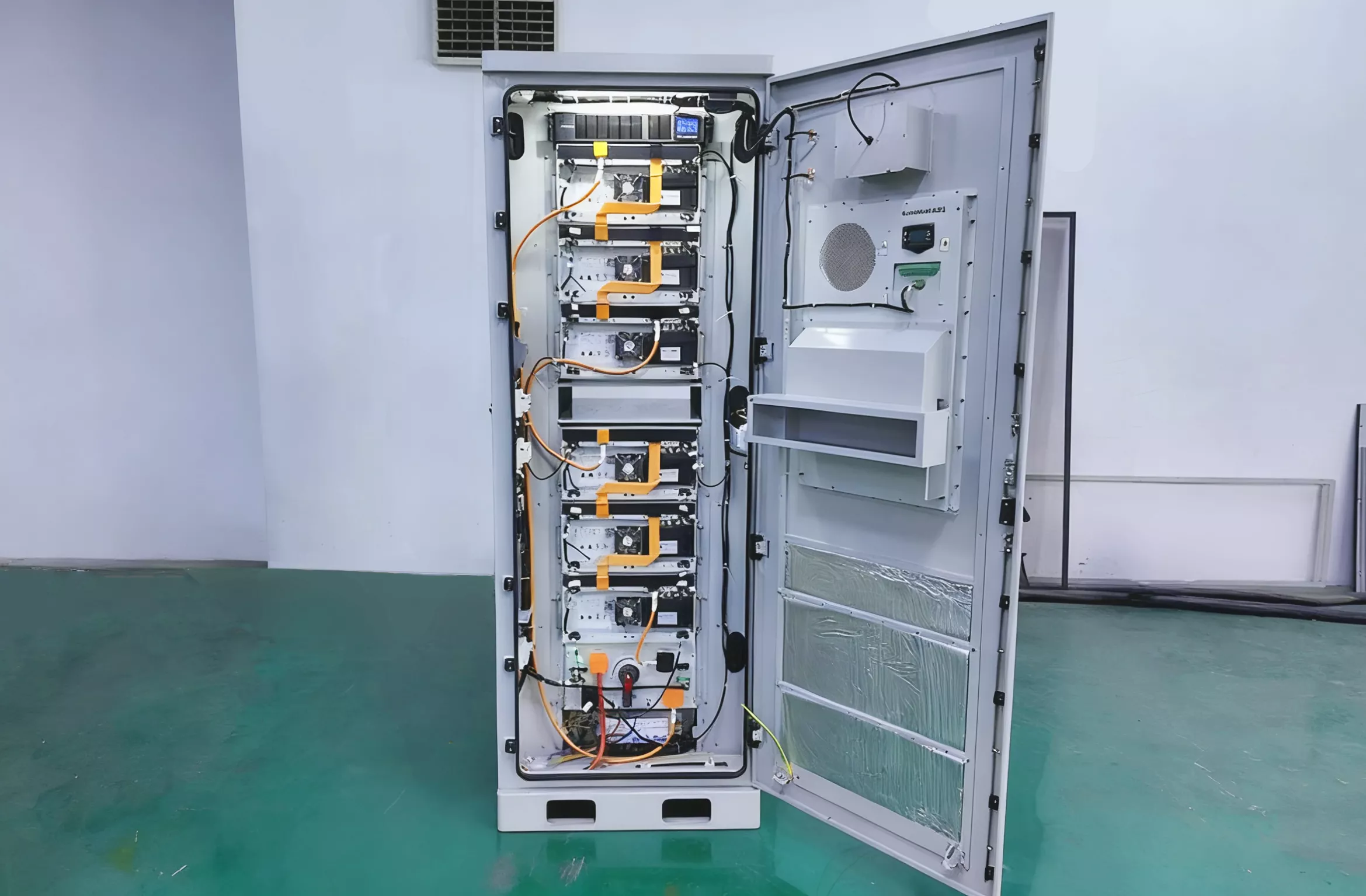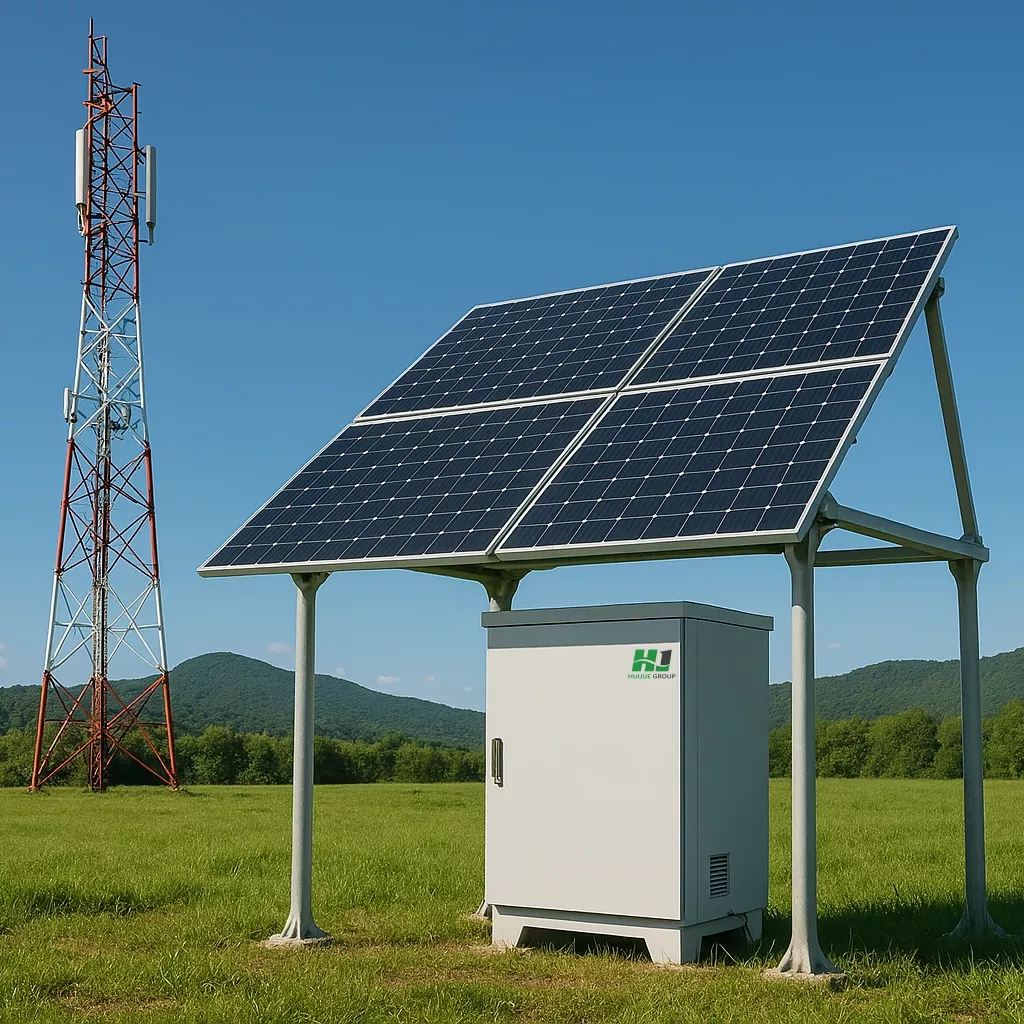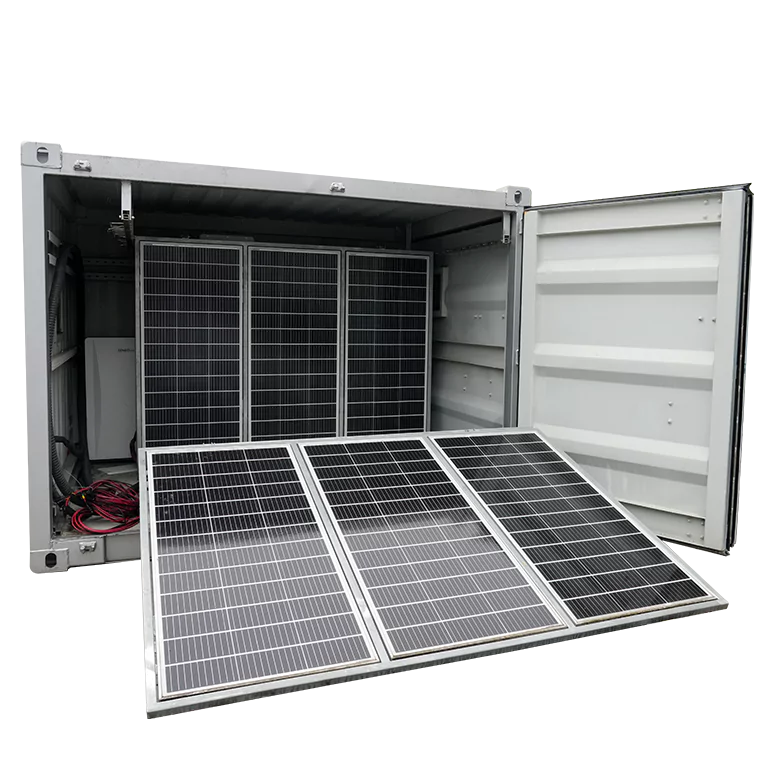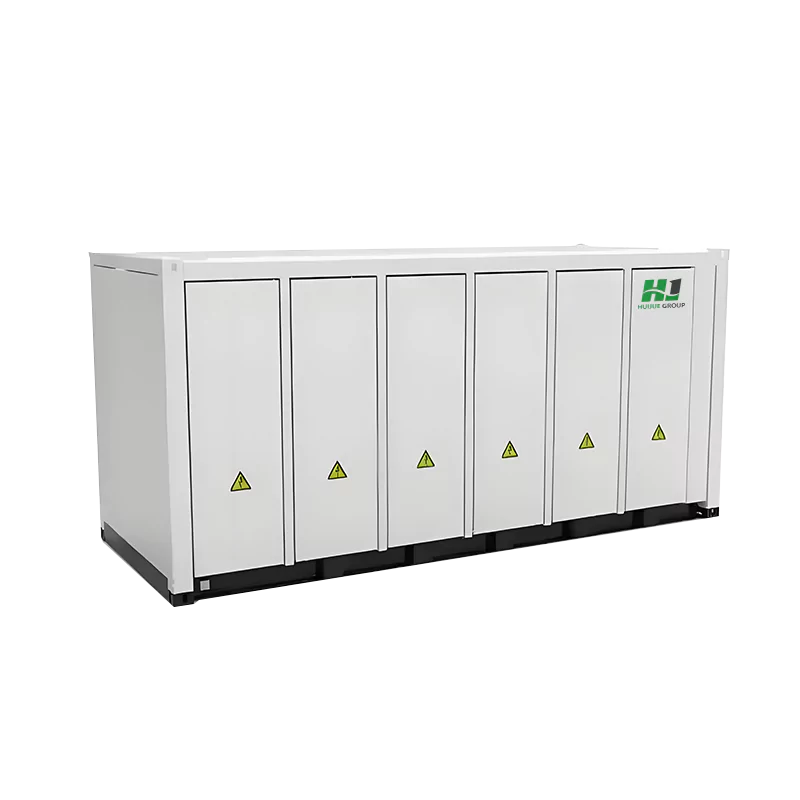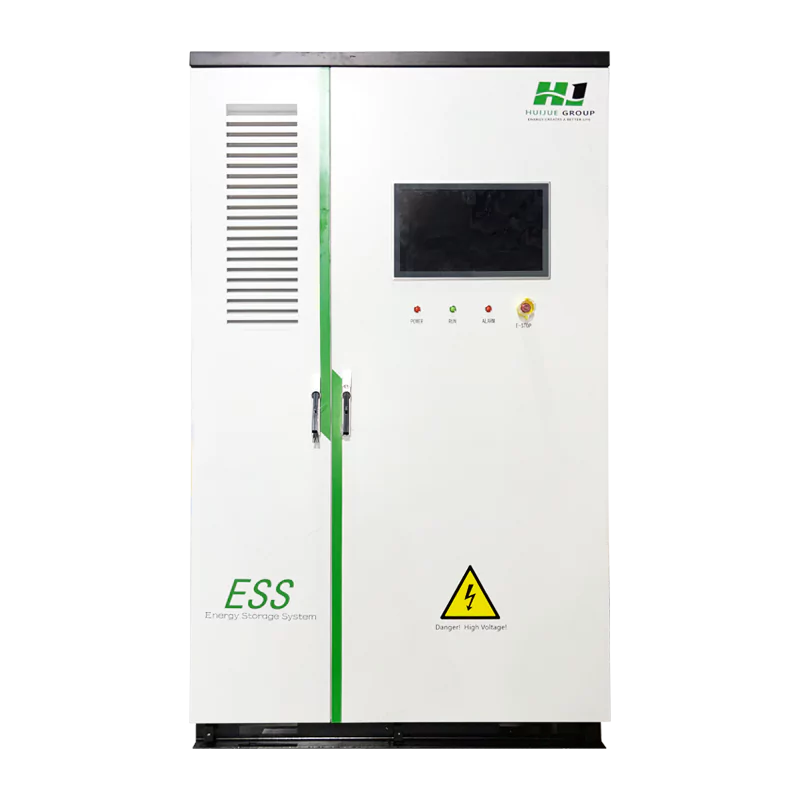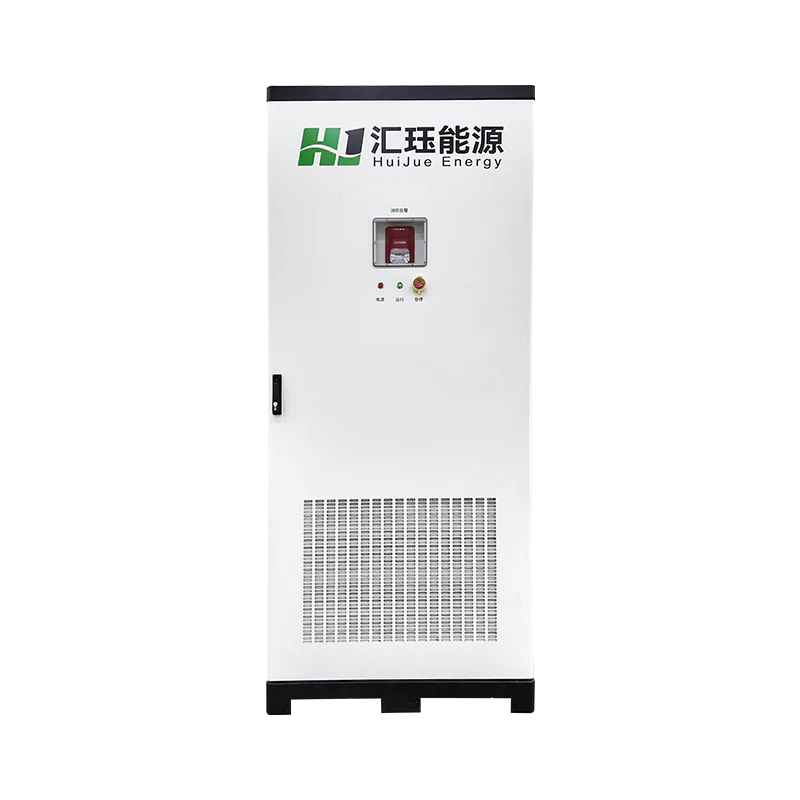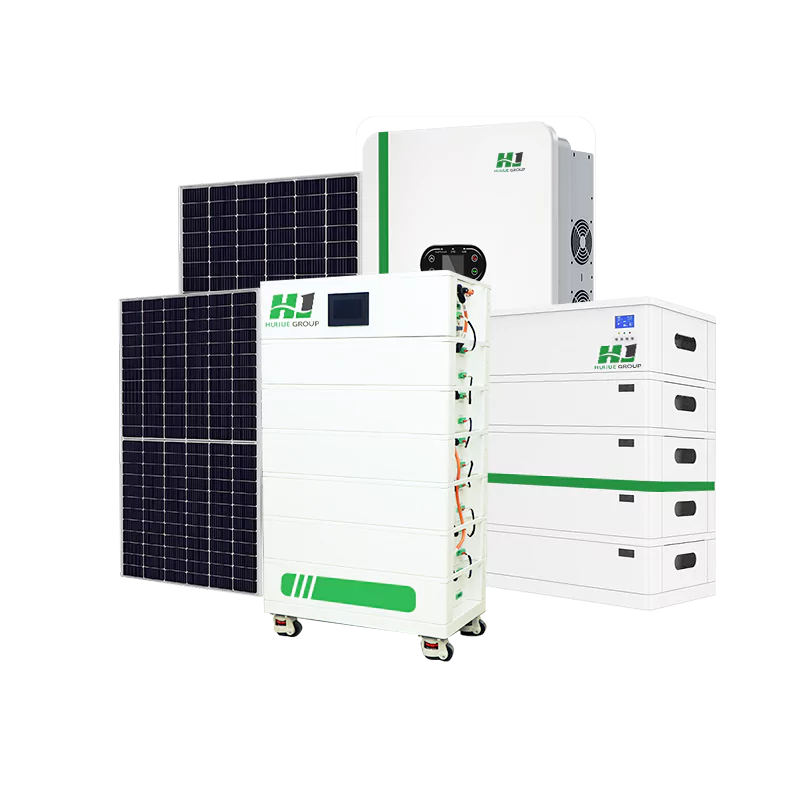Grid-Connected Layout and Safety Assurance for Solar PV Inverters
Governments and power companies worldwide anticipate that photovoltaic power generation will play a significant role in future energy supply. Converting the direct current (DC) produced by solar cells into alternating current (AC) that can seamlessly integrate into the grid presents not only a technical challenge but also imposes stricter requirements on designers. PV inverters must achieve optimal efficiency across a wide range of power outputs and operating environments while strictly adhering to safety standards.
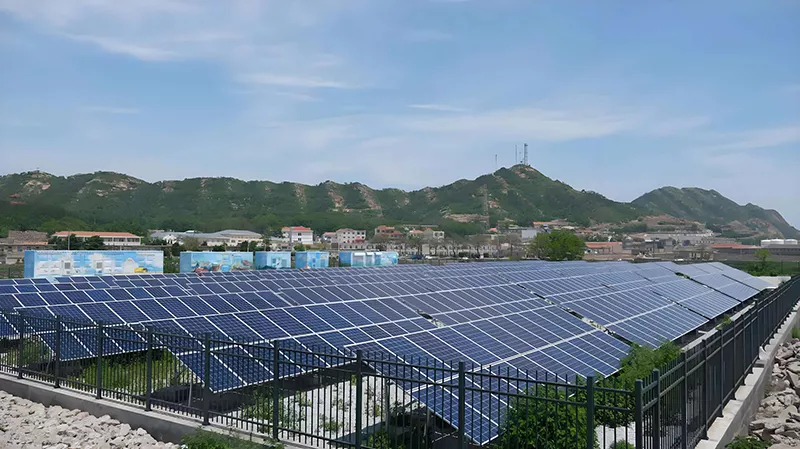
Layout and Design Considerations
Photovoltaic inverter design must prioritize efficient energy conversion while ensuring system safety. Precise power measurement is a critical factor in enhancing inverter performance. To support the evolving trends in photovoltaic technology, inverter manufacturers must collaborate closely with sensor manufacturers to jointly develop products meeting the latest requirements.
Enhancing Power Generation Efficiency
To unlock the full potential of PV systems, efforts must focus on improving power generation efficiency to reduce costs. Currently, solar cell manufacturers are striving to increase light-to-electricity conversion efficiency, while PV inverter manufacturers concentrate on developing next-generation inverters that integrate diagnostics and other intelligent features to boost power and efficiency. Multi-string technology represents an emerging trend, enabling each cell string to have an independent Maximum Power Point Tracking (MPPT) device, thereby maximizing energy output.
Safety Measures
While transformerless designs help reduce costs and improve efficiency, they also introduce additional safety challenges. For instance, inverter outputs may contain DC components due to factors like imprecise IGBT switching. Therefore, precise current sensors must be incorporated during design to minimize offset and drift, ensuring compliance with stringent DC injection limits across countries. Additionally, preventing ground leakage is critical, typically achieved using residual current devices (RCDs) or similar sensor solutions to safeguard the system.
As technology advances, photovoltaic inverter design specifications are expected to become more stringent. For instance, globally agreed limits on total harmonic distortion (THD) of inverter output currents may emerge. This necessitates precise current measurement even at frequencies significantly higher than conventional grid frequencies. Strengthening collaboration between inverter manufacturers and sensor manufacturers can lay the foundation for technological innovation, thereby securing a competitive edge in the rapidly evolving solar industry.
In summary, facing the growing solar market, the design of photovoltaic inverters must not only pursue high efficiency but also ensure absolute safety. Through continuous technological innovation and close industry collaboration, we can expect to see smarter, more reliable, and more efficient photovoltaic inverters emerge.


 +86 18006277103
+86 18006277103

